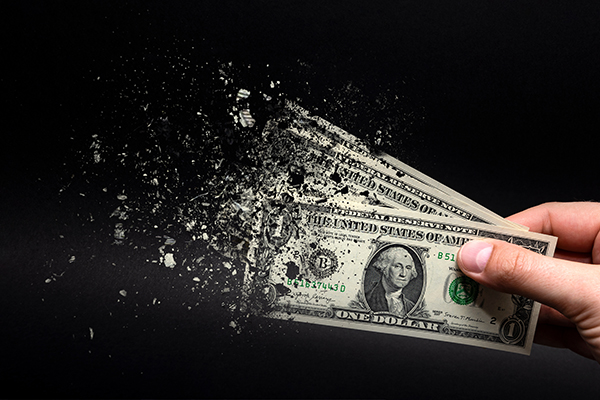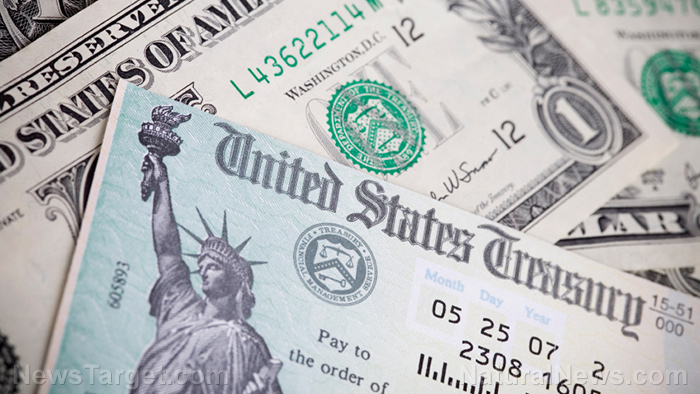Skyrocketing global debt setting the stage for a cataclysmic financial crisis
12/22/2023 / By Cassie B.

The world has racked up record levels of debt, and concerns are growing about the global economy’s ability to continue in the face of high interest rates.
Easy money policies in recent years that provided incentives for borrowing money in hopes of stimulating the economy led to record levels of borrowing. While this may have been a positive development when interest rates were very low, central banks have increased interest rates dramatically since then to deal with price inflation, and now the world is feeling the effects.
Projections from the International Monetary Fund indicate that global government debt will reach $97.1 trillion this year, which is a rise of 40 percent since 2019.
Moreover, they project that public debt worldwide will surpass 100 percent of the global GDP by 2028. This level of global debt-to-GDP has not been seen since the height of lockdowns during the COVID-19 pandemic.
When broken down by country, the U.S. accounts for a disappointingly high 34.21 percent of total overall global government debt. China makes up 15.13 percent of global debt, with a large share of its debt being issued by local governments to cover infrastructure projects. Japan is not far behind at 11.12 percent. The country’s debt-to-GDP ratio grew in recent years to hit 255 percent. Countries like India, Italy, the UK, France and Germany are all in the 3 to 4 percent range.
Unfortunately, this situation is unlikely to improve if governments do not get a grip on their spending – and anyone who knows anything about government knows that there is almost no chance of any sort of significant government spending reduction taking place. Raising taxes is another option, but it would come with its own set of problems. With interest rates persisting at their current high levels, the debt spiral is only going to grow.
Consider the example of the U.S. On September 15, national debt surpassed $33 trillion. In the span of just 20 days, it reached $33.5 trillion and is now just under $34 trillion.
The economy has set some unwelcome new records, with net interest rising by 39 percent to reach $659 billion and interest expense climbing by 23 percent to hit $879 billion during fiscal year 2023.
At the same time, interest payments have risen to account for more than a third of total tax receipts, which means the government is paying more than one third of the taxes it is collecting toward its interest expenses.
In November alone, the U.S. government shelled out nearly $80 billion to cover interest on financing national debt, which exceeds its spending on Medicare (at $79 billion) and national defense ($70 billion).
The geopolitical tensions currently being seen around the world will also have a big influence on debt, especially as the U.S., which is already in deep trouble, continues to give handouts to places like Ukraine and Israel to fight their wars.
Economists warn that changes are needed to prevent a crisis
The former chief economist of the European Central Bank, Peter Praet, believes the long-term outlook is worrying. He told Reuters: “You can take many, many countries today, and you will see that we are not far away from a public finances crisis.”
“If you have an accident, or a combination of events, then you go into an adverse non-linear dynamic sort of process. That is something which is a real possibility,” he added.
Many economists believe that failing to take action now to stem the problem will prevent governments from addressing future shocks.
The chief economist of LBBW, Moritz Kraemer, warned: “If we just trundle along as we have right now, we will see a crisis in the next decade.”
Sources for this article include:
Submit a correction >>
Tagged Under:
big government, Bubble, Collapse, debt bomb, debt collapse, economic collapse, economic riot, finance collapse, finance riot, financial crisis, global debt, government debt, Inflation, market crash, money supply, national debt, risk
This article may contain statements that reflect the opinion of the author
RECENT NEWS & ARTICLES
COPYRIGHT © 2017 NATIONAL DEBT NEWS



















